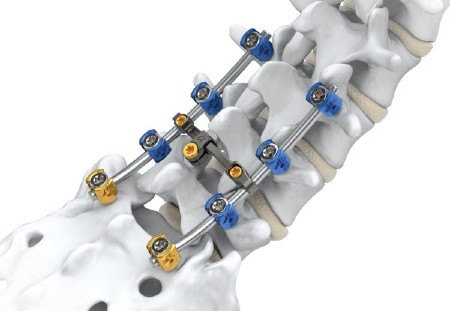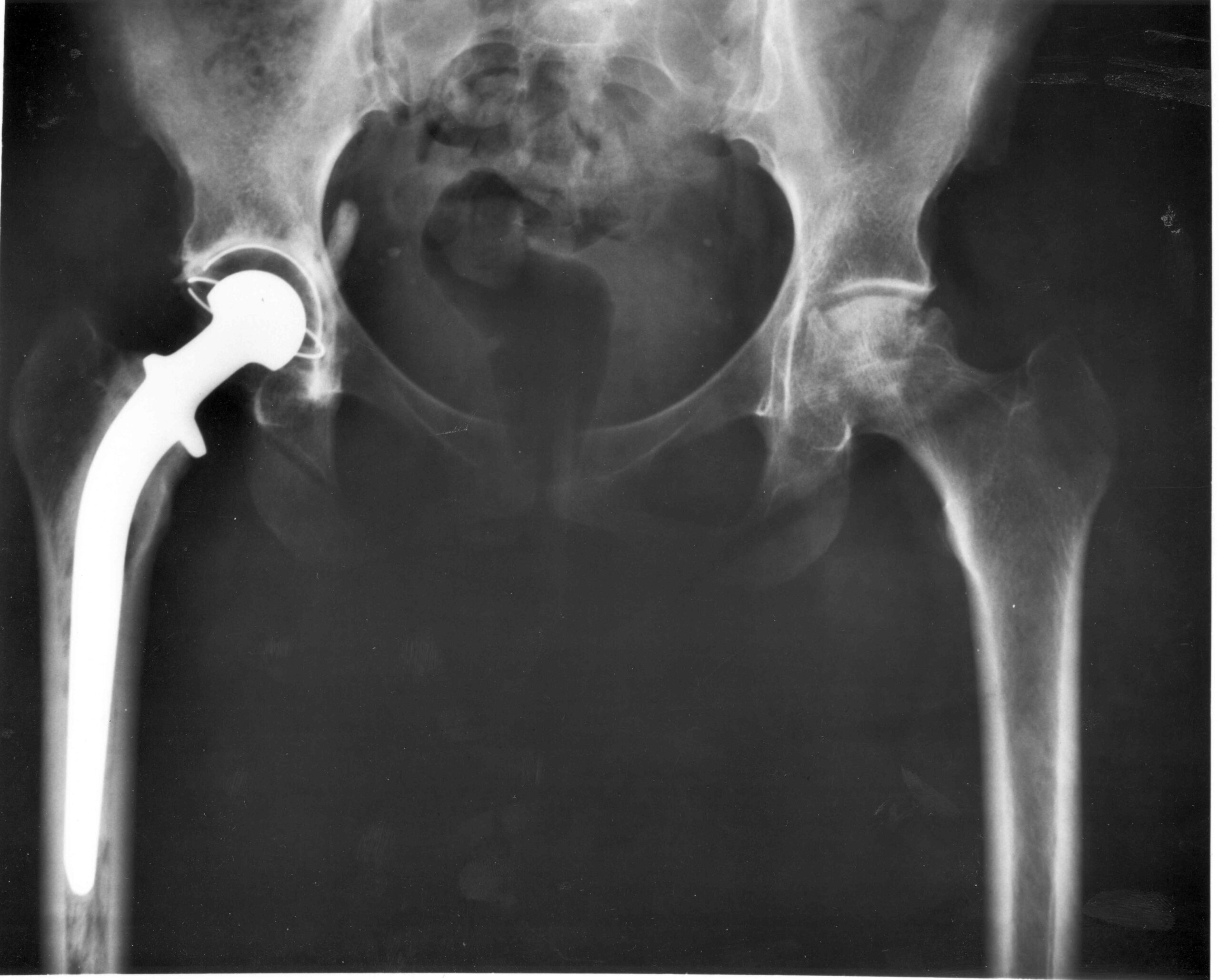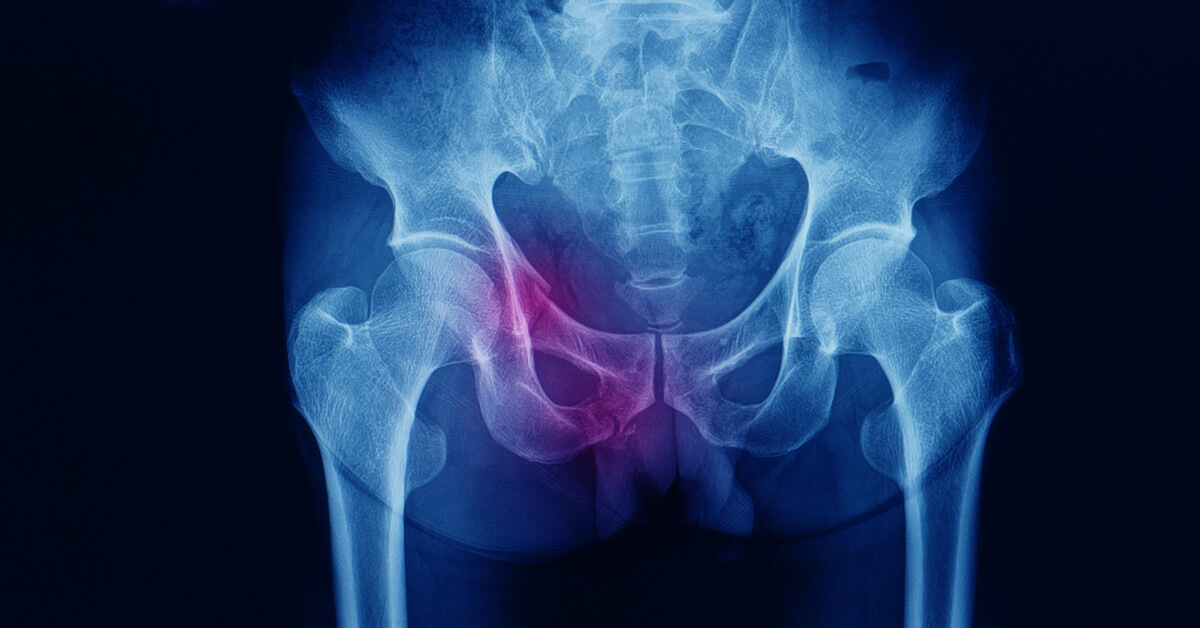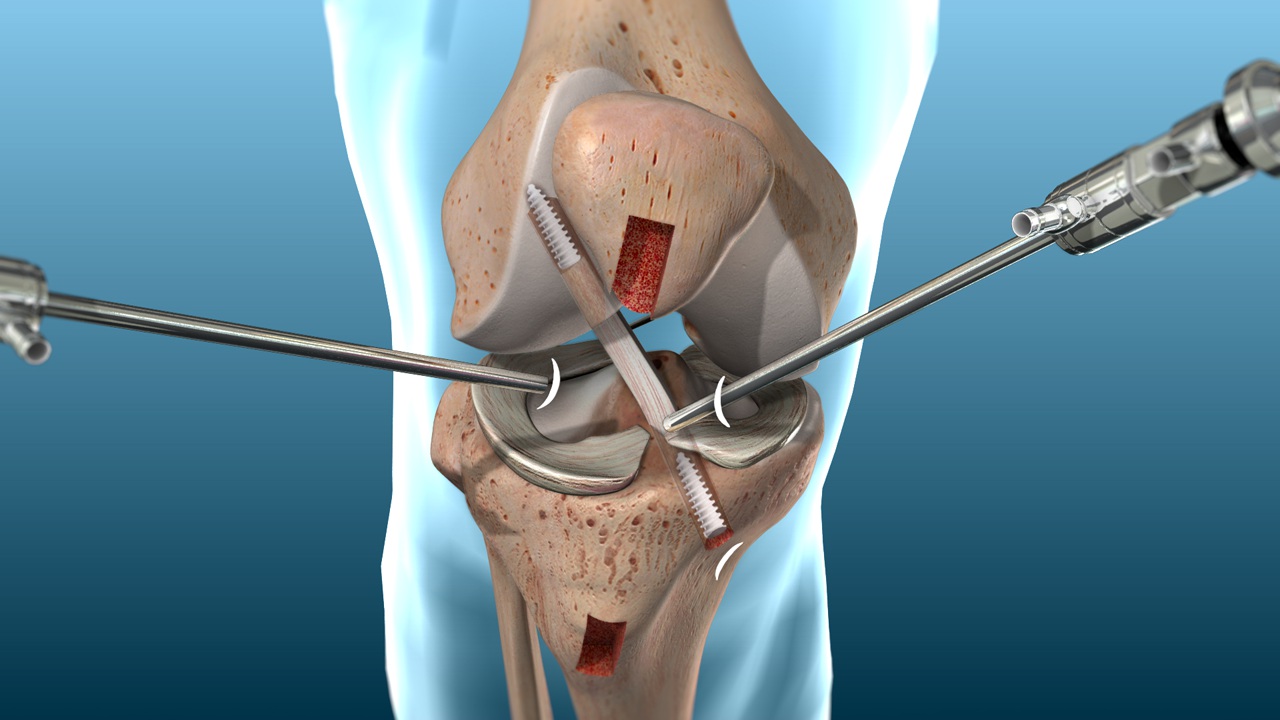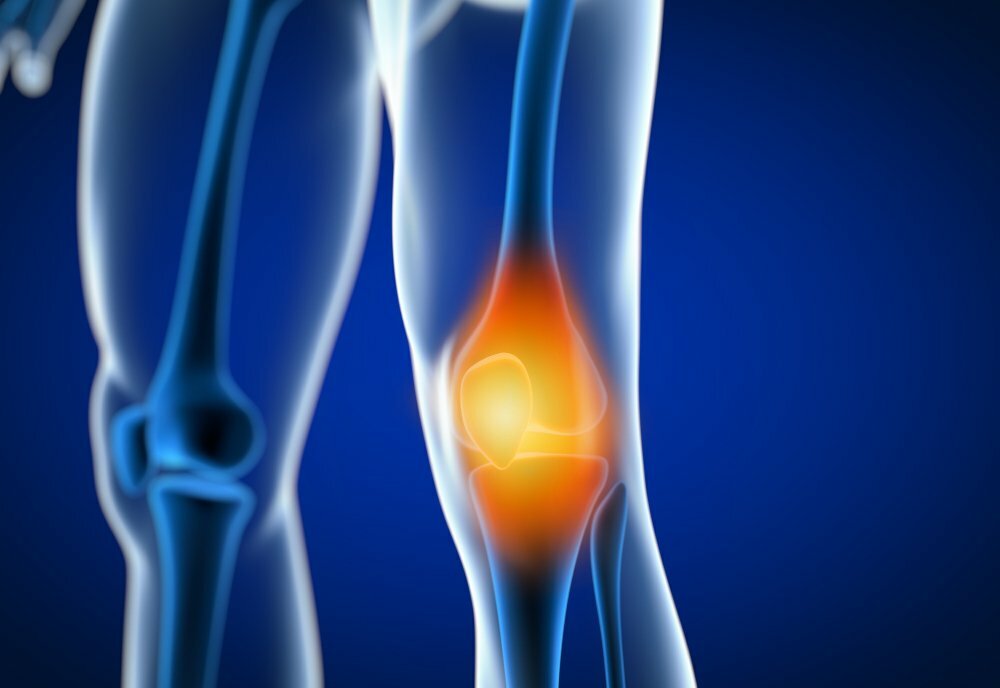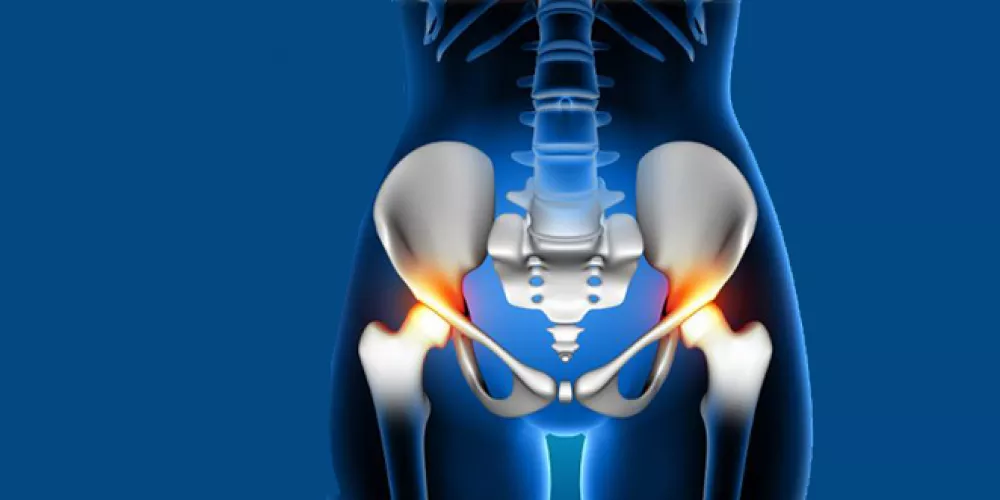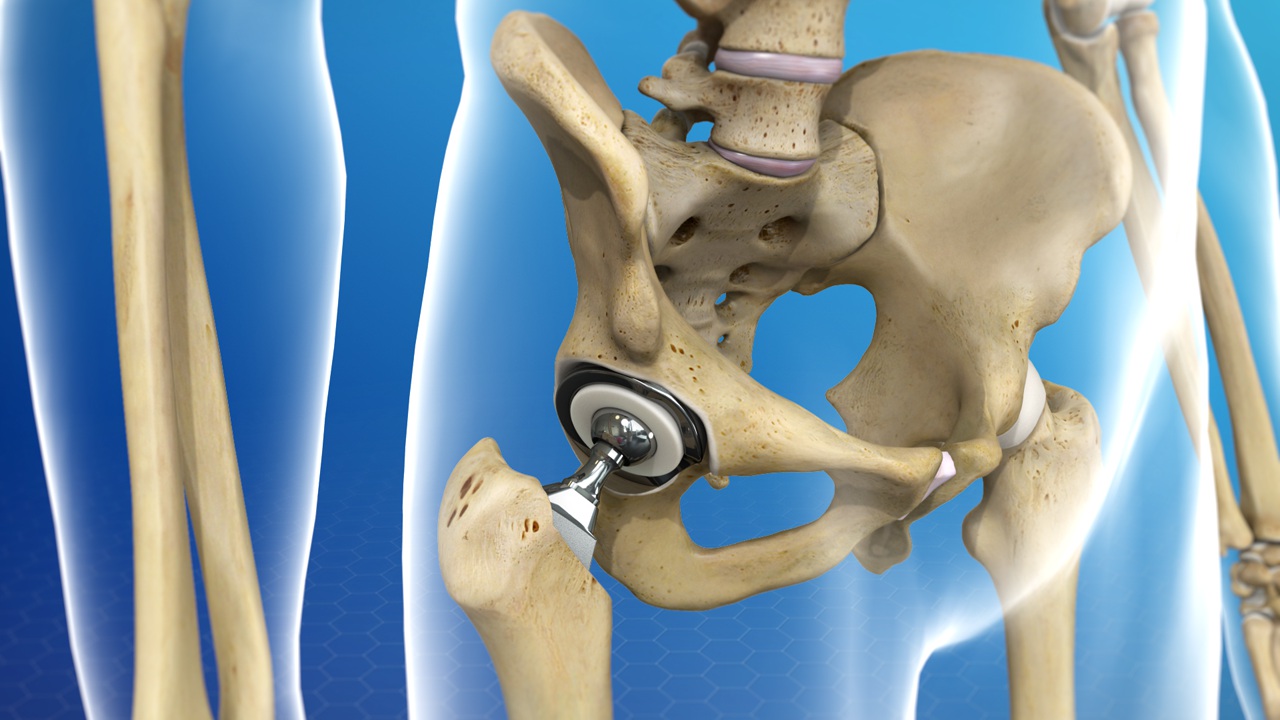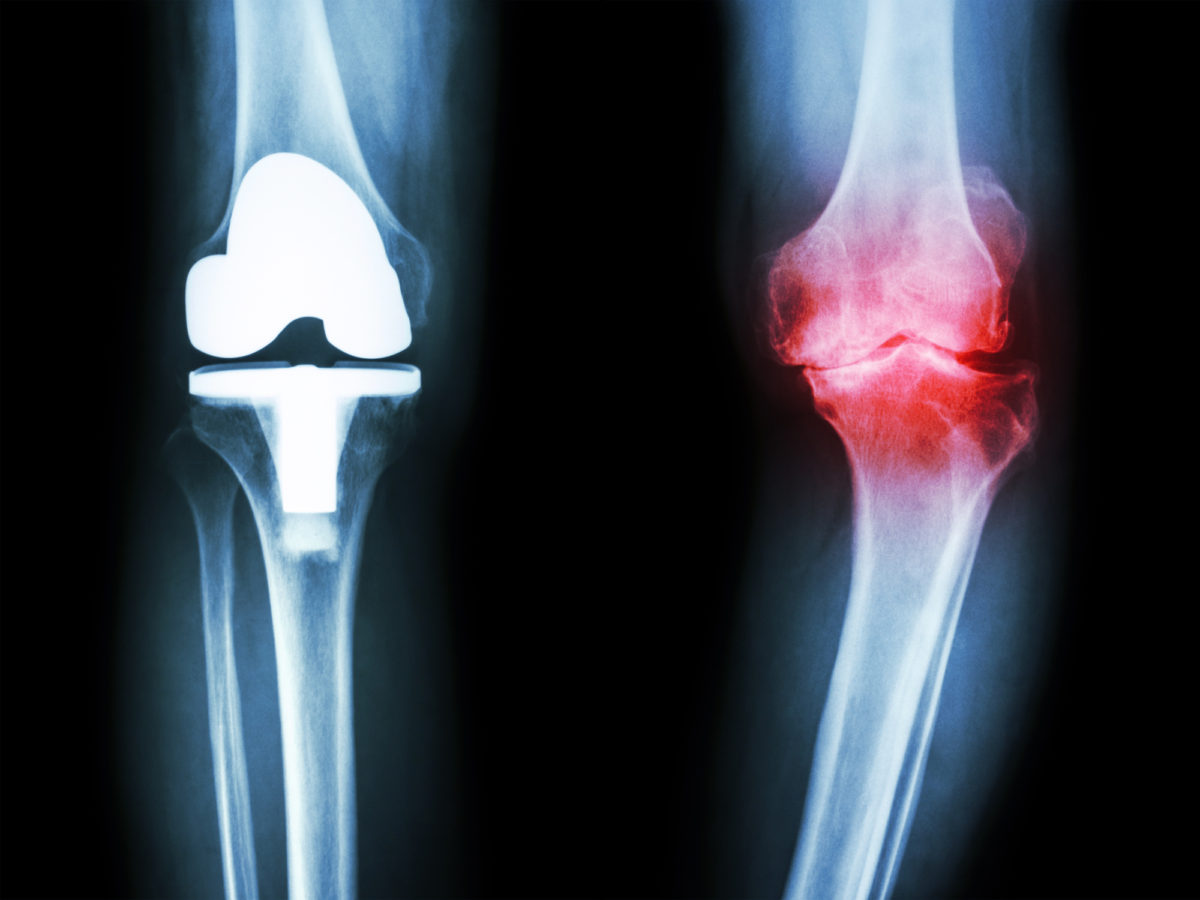Details about Spinal Fusion Surgery Prices and When to Sit After the Surgery? Spinal Fusion Surgery Prices
The prices of spinal fusion surgeries in Egypt
The prices of spinal fusion surgeries in Egypt vary and depend on several factors. It is important to note that the cost is subject to change and may vary based on several factors.
Firstly, the price of the surgery is influenced by the type of devices, screws, and plates used in the procedure. Some devices and materials may be more expensive than others, affecting the final price of the surgery.
Secondly, the patient may need to undergo some tests and imaging before the surgery, which can increase the cost of the procedure. Some tests and imaging can be costly and require additional expenses.
Thirdly, the cost of the surgery also depends on the experience and skill of the treating physician. Typically, doctors with high experience and proficiency have higher fees compared to novice doctors or those with limited experience.
Therefore, if you are considering undergoing spinal fusion surgery, it is recommended to consult a specialized doctor with high experience and proficiency, such as Dr. Amr Amal. Dr. Amr Amal and his professional team provide spinal fusion services and help restore your spinal column’s movement and your daily comfort. Spinal fusion surgery works to merge the vertebrae and improve the overall condition of the spine.
Spinal Fusion Surgery
Spinal fusion surgery is a precise medical procedure used to merge two or more vertebrae of the spine to achieve stability, relieve pain, and improve the patient’s condition. Dr. Amr Amal is one of the best orthopedic doctors in Egypt with extensive experience in successfully performing spinal fusion surgeries.
Dr. Amr is known for his wonderful approach to dealing with his patients, paying great attention to their comfort and providing them with the necessary care. He accurately assesses the condition of the vertebrae before deciding to proceed with the fusion surgery. Dr. Amr relies on the latest technologies and medical equipment to perform surgeries, ensuring the success of the operation and achieving the desired results.
After undergoing spinal fusion surgery, Dr. Amr provides a comprehensive therapeutic program for the patient, including exercises to strengthen the muscles and improve movement. Dr. Amr emphasizes the importance of the patient’s commitment to the exercises and following the program to achieve optimal results.
Thanks to Dr. Amr’s extensive experience in spinal fusion surgery and his high skill in dealing with patients, he is an excellent choice for individuals suffering from spinal problems and seeking effective treatment and excellent results.
When can one sit after spinal fusion surgery?
Spinal fusion surgery is a sensitive operation that requires the necessary recovery and healing period. After the surgery, the patient needs to adhere to certain tips and guidelines to allow for proper and safe sitting. In this article, we will review when an individual is allowed to sit after spinal fusion surgery, as well as the correct way to sit.
Sitting after surgery: Generally, after spinal fusion surgery, the patient is allowed to sit normally starting from the third week post-surgery. However, the patient must adhere to the surgeon’s instructions and the healthcare team to ensure successful recovery.
The correct way to sit after surgery: After spinal fusion surgery, the patient should avoid sitting at a 90-degree angle between the torso and thigh during the first two weeks. It is preferable for the patient to slightly recline their back for comfort. Additionally, pressure on the wound area should be avoided, as well as twisting the spine.
The full recovery period: After completing the spinal fusion surgery, an individual needs a period of time for full recovery from the effects of the surgery. This period typically ranges from 3 to 6 months, during which the back vertebrae heal and return to their normal state.
Post-surgery guidelines: The individual should adhere to medical advice after spinal fusion surgery to expedite the recovery process. This can include following a healthy diet, regularly performing light movement exercises, using back support tools, and ensuring sufficient rest and sleep.
Returning to work after surgery: The period for returning to work after spinal fusion surgery varies depending on the nature of the job. If the job is sedentary and does not require significant physical effort, one can return to work within 1-2 months. However, if the job requires mild physical effort, returning to work can take between 3-6 months.
How long does spinal fusion surgery take?
The duration of spinal fusion surgery varies based on several factors, such as the number of vertebrae being fused and the patient’s condition. Generally, spinal fusion surgery can take from two to three hours.
Spinal fusion is performed to treat problems in the spine, such as herniated discs, fractures, or bone deformities. Various methods are used to fuse the vertebrae, such as using screws, wires, or metal plates.
When spinal fusion surgery is performed, the vertebrae to be fused are secured and positioned correctly. This is usually done by opening the vertebral body, securing the bones using screws, wires, or metal plates, and then closing the wound.
After the operation, the patient needs a recovery period to allow the fused vertebrae to heal and fuse together. This fusion typically takes three to six months after surgery and can take longer in some cases.
It is worth noting that spinal fusion surgery is a lengthy and complex surgical procedure that may require intensive post-surgery care. Before deciding to undergo this operation, the patient should consult a spine surgeon specialist to get an accurate diagnosis and understand the potential risks and benefits.
Is Spinal Fusion Surgery Dangerous?
Spinal fusion surgery is considered a very dangerous and precise operation. It requires a high level of skill and experience from the specialized surgeon. This procedure might be the optimal choice for individuals who suffer from spinal issues such as disc tears, vertebral fractures, spinal stenosis, and disc herniation, etc.
The vertebrae of the spine are fused using screws in various cases. However, despite the widespread use of this procedure and its success in many cases, utmost caution must be taken before performing it.
This surgery is susceptible to numerous risks and potential complications. Incorrectly choosing the size and direction of the screws can cause serious complications, potentially leading to paralysis in some cases. These complications may include changes in blood pressure and heart rate, allergic reactions to anesthesia, and changes caused by anesthesia on the body.
It is crucial to accurately diagnose the patient’s condition, select the appropriate treatment, and find the optimal method for fusing the vertebrae. This might require multiple medical examinations, consultations, and the use of diagnostic imaging to determine the extent of damage to the vertebrae and subsequently identify the necessary treatment.
Patients must cooperate with the medical team and follow all necessary instructions after the surgery to achieve the best results and minimize the risk of complications. If there are any abnormal symptoms or severe pain post-surgery, it is essential to contact the treating doctor immediately to assess the situation and take necessary actions.
How Do I Know If Spinal Fusion Surgery Was Successful?
There are several signs that indicate the success of spinal fusion surgery. You may notice an improvement in the symptoms you were experiencing before the surgery, such as chronic back or neck pain. The pain may disappear or become less severe after the surgery, and you might experience an increase in your ability to perform daily activities without the issues you faced pre-surgery.
Additionally, you may feel an improvement in the strength of your back and neck muscles, notice an increase in movement and flexibility in these areas, and experience better balance and stability during daily activities. If you observe these signs after spinal fusion surgery, it could be a positive indicator of the surgery’s success.
It is worth mentioning that it is important to have regular follow-ups with your treating doctor after spinal fusion surgery. You should inform the doctor of any abnormal changes you experience, such as the return of severe pain or an increase in symptoms you had before the surgery. The doctor may need to conduct additional tests to assess your condition and ensure the surgery’s success.
In general, it is crucial to have a professional evaluation by your supervising doctor to determine the success of the spinal fusion surgery. There may be a need for radiographic images such as X-rays or MRI scans to monitor progress and evaluate the results.
What is the success rate of spinal fusion surgery?
When it comes to percutaneous spinal fusion surgeries, the high success rate of these procedures makes them a popular choice for treating spinal issues. Here is a list of important points regarding the success of these operations:
Success Rate of Spinal Fusion Surgeries: The success rate of spinal fusion surgeries is around 97%. This means that the surgeries are effective and yield positive results for most patients. Surgical Procedure: During a spinal fusion surgery, the surgeon makes small incisions in the back to stabilize the unstable or broken vertebrae. The surgeon uses endoscopes and precise, advanced surgical tools to facilitate this procedure. Recovery Speed: Thanks to the ease and quickness of the procedure, patients are able to return to work and their usual daily activities rapidly. This means that the surgery does not require a long hospital stay. Top Specialist Doctor: Dr. Mohamed Sameer Mulla is considered one of the best specialists in performing spinal fusion surgeries. Dr. Mulla is distinguished by his high expertise and skills in this field, providing comprehensive healthcare to patients. Effect of Experience: The surgeon’s experience is on the list of factors influencing the success of surgeries. Thoroughly examining the patient and choosing the appropriate procedure for their condition contribute to achieving optimal therapeutic results.
How Should a Spinal Fusion Patient Sleep?
When spinal fusion occurs, it is very important to pay special attention to how the patient sleeps. Here are several recommendations to help maintain back comfort and alleviate pain. Here are some useful tips on how to sleep after a spinal fusion surgery:
Side Sleeping Position: It is recommended that the patient sleeps on their preferred side. A small pillow may be placed between the knees to reduce pressure on the vertebrae and improve spinal alignment. Appropriate Pillow: Use a comfortable and suitable pillow to properly support your neck and head. It is preferable to use a pillow of an appropriate height to help align the spine and reduce pressure. Avoid Sleeping on the Stomach: Sleeping on the stomach should be avoided after a spinal fusion surgery. This position can lead to deformation of the spine and increased pressure on the vertebral discs. Use of Assistive Devices: It may be necessary to use assistive tools such as special pillows for spinal support, special toilets, and comfortable places for sitting and sleeping. Make sure to follow the doctor’s instructions on how to properly use these tools. Weight Distribution: Distribute your body weight evenly while sleeping. Placing a small pillow or towel between the knees or under the thighs can help improve pressure distribution and reduce pain. Move Slowly When Waking Up: When waking up from sleep, move your body slowly and avoid strong movements and excessive bending. Adopting a side-sitting position before standing helps avoid twisting the spine.
Should a Back Brace be Worn After Spinal Fusion Surgery?
Doctors recommend wearing a back support brace after undergoing spinal fusion surgery. There are several reasons why doctors might advise patients to do this:
Support and Stability: The back brace can provide the necessary support for the fused vertebrae, helping to reduce the chance of abnormal or harmful movement. Pain Reduction: In some cases, the back brace may help to reduce pain caused by movement after surgery. Accelerating the Healing Process: By minimizing the chance of sudden or unexpected movements, the back brace can help to speed up the healing process.
However, it is important to note that wearing a back brace for an extended period of time can lead to muscle weakness in the surrounding area, so doctors may specify a particular timeframe for wearing the brace.
Exercises After Lumbar Spine Fusion Surgery
After undergoing lumbar spine fusion surgery, it is important to perform the necessary exercises for recovery and to restore the body’s normal strength and movement. Physical exercises contribute to strengthening the back muscles, improving blood circulation, and accelerating the healing process. However, it is essential to follow a specific exercise program according to the doctor’s and physical therapist’s instructions, and after ensuring that the patient can tolerate them.
The recommended exercises after lumbar spine fusion surgery include several exercises that help enhance back muscles and improve body strength. Among these beneficial exercises are:
Short Walks: Start with short walks in the first few days after the surgery, being careful not to overexert the body or cause sharp pain. Moving and walking frequently is advised to enhance blood circulation and strengthen muscles. Ankle Exercises: These include ankle bending, rotation, toe lifting, and heel lifting. These exercises enhance the strength of the ankle and leg, contributing to the restoration of the foot’s normal movement. Leg Stretching: This exercise is performed to strengthen the leg and thigh muscles, improving the alignment of the spine and enhancing stability. Buttock Muscle Strengthening: This exercise is used to strengthen the buttock muscles, helping to improve the spine’s alignment and enhance stability and balance.
It is worth noting that before starting any post-surgery exercises, it is necessary to consult with the doctor and physical therapist to guide the patient’s personal situation and ensure that the proposed exercises are safe and appropriate for their condition. This program may be modified or gradually increased in difficulty over time as the patient’s condition improves.
When performing exercises after lumbar spine fusion surgery, the patient should not experience sharp pain or excessive tension. If there are any complaints or a deterioration in health condition, the patient should immediately inform the doctor. The necessary physical exercises for recovery should be regularly followed, with the assistance of the doctor and physical therapist, to ensure gradual improvement and overall safety for the patient.
Best Spinal Fusion Surgeon in Egypt
Dr. Amr Amal is one of the best spinal fusion surgeons in Egypt. He is recognized as a consultant in orthopedic and joint surgery at Ain Shams University, and he has extensive experience in the field of orthopedics in general, and spinal fusion in particular. He has conducted numerous successful surgeries in this domain, and he is renowned for his high efficiency and skills.
His operations are based on the best modern techniques and methods to treat patients and alleviate the problems they suffer from in the spinal column. Dr. Amr has an exceptional ability to understand and connect with his patients, accurately comprehending their problems. He conducts comprehensive discussions with them to understand the symptoms and complaints associated with their bones.
In addition, Dr. Amr Amal’s clinic is located in Dar Al Fouad Medical Tower in Nasr City, Cairo. Patients suffering from spinal issues can book a consultation with Dr. Amr at this location.
For more information about spinal fusion surgeries, their costs, and ways to improve quality of life and mobility through the modern techniques offered by Dr. Amr Amal, it is recommended to visit his official website or to contact his clinic.
